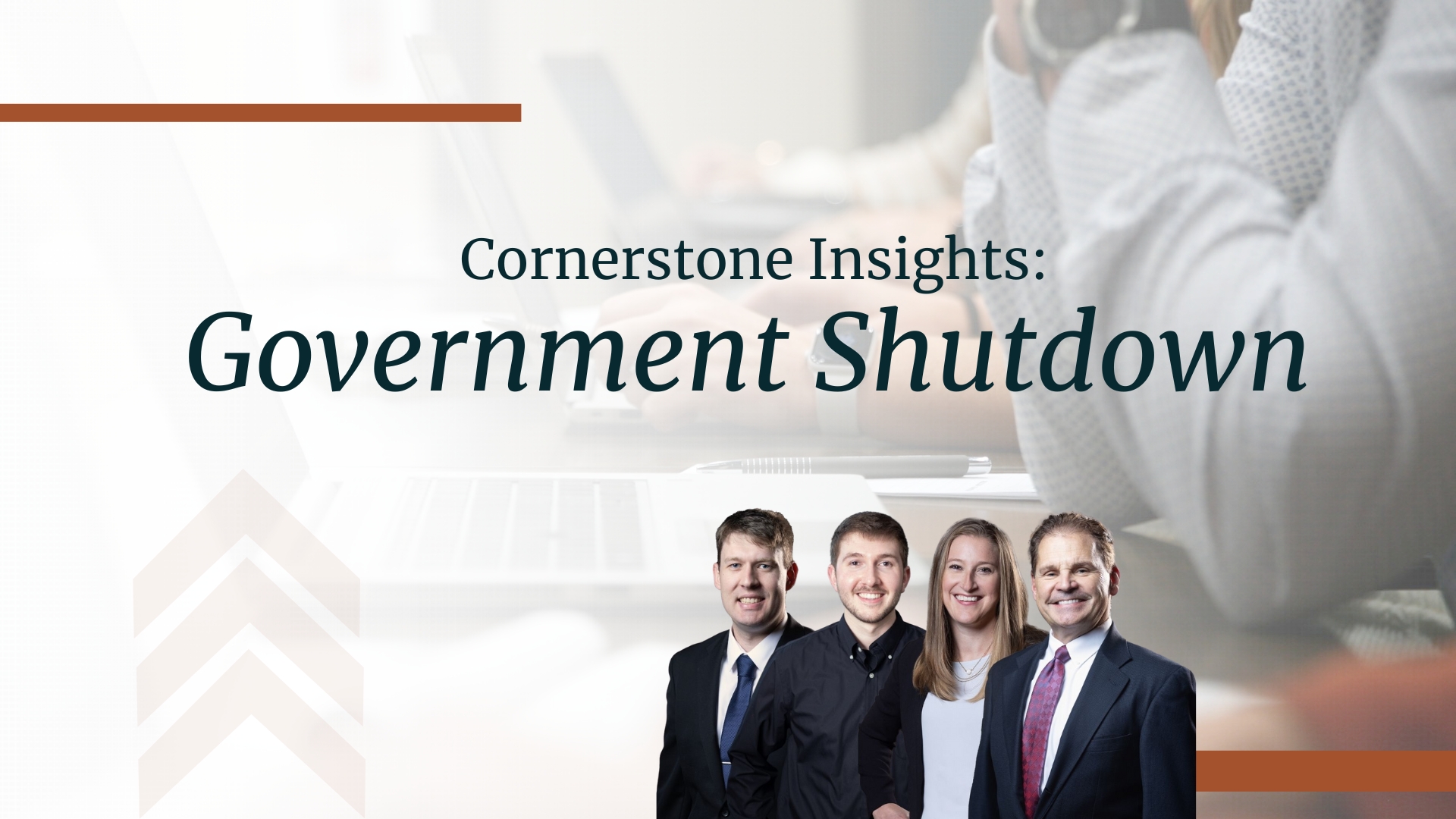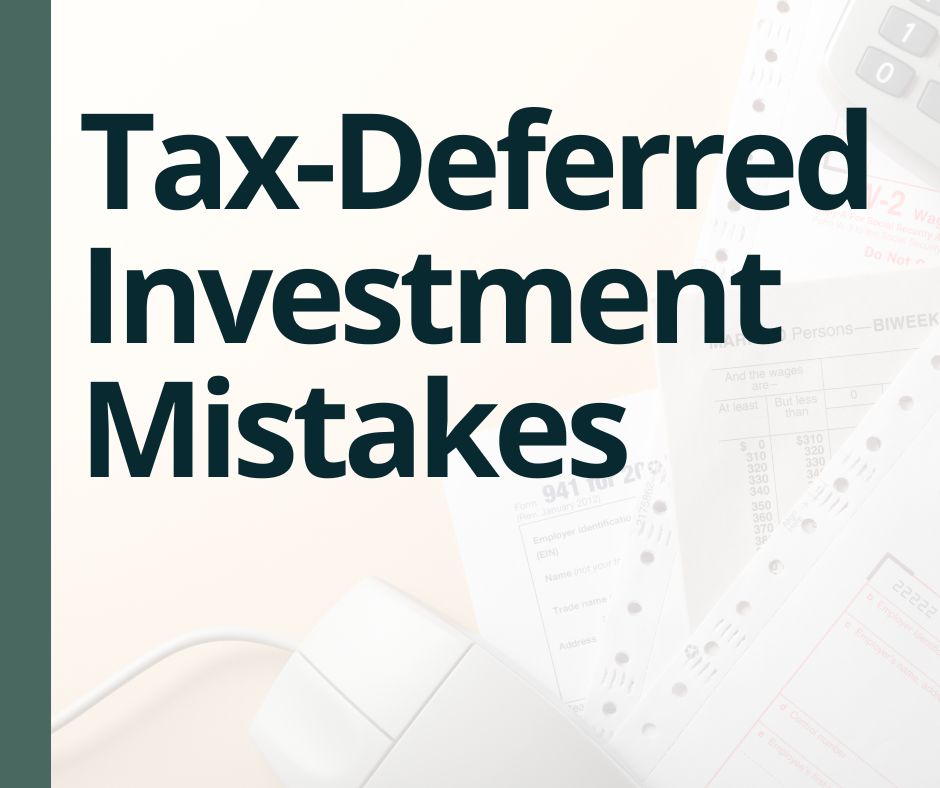What exactly does this mean?
As you know, whenever Congress authorizes a law, the government must spend money to enact it. Sometimes, the authorization doesn’t contain provisions to fund the law so a second piece of legislation is required, known as an appropriations bill. This is where Congress separately appropriates money specifically for the new law.
These appropriations must be renewed, usually by October 1 each year, for the law to remain funded. This is what’s known as discretionary spending, because Congress decides upon its own discretion whether to continue funding the law. Currently, there are twelve appropriations bills that Congress must pass every year. These bills cover defense spending, national parks, food safety, passport applications, airports, and much more. 2
However, as political partisanship has grown so extreme in recent years, it’s become nearly impossible to pass these bills in a timely manner. Instead, Congress usually attempts to package each piece of legislation into a single omnibus bill. And when that doesn’t work, lawmakers turn to something called a continuing resolution (C.R.), which is a temporary spending bill that essentially keeps all government agencies operating at their existing funding levels.
As of this writing, Congress has not been able to agree on any of these options. (Technically, the House did pass a continuing resolution, but it failed in the Senate.) There are many points of contention, but the biggest has to do with healthcare. Specifically, the expiration of enhanced premium tax credits. These credits, designed to help lower income people afford coverage, were first put in place by the Affordable Care Act. They were then expanded by legislation passed during the pandemic. But those credits expire at the end of 2025, meaning that millions of Americans who relied on them to afford coverage may suddenly be without healthcare. That, in turn, may cause premiums to rise for nearly everybody else. Certain people with lower incomes, for example, may see their costs go up by 75% or more.2
Democrats refused to vote for any plan that didn’t extend these credits. Their reasoning is that if the issue is not taken care of now, millions may lose coverage or have to pay more than they can afford. Republicans, on the other hand, contend these credits add to the deficit, were never designed to be permanent, and should be dealt with separately. Both sides have an argument — it’s simply a matter of differing priorities. But, both see this as an opportunity to cast blame on the other and score political points.
What happens now?
Because of this gridlock, many aspects of the government that fall under the umbrella of discretionary spending can no longer be paid for. As a result, agencies must shut down all “nonessential services” — although what that means can vary dramatically depending on the agency or service in question. Some services, which are simply too vital to ever stop operating, will continue, although they may not work as fast or efficiently as normal. Think law enforcement. Forest service. Firefighting. Air traffic control. (This may be the single biggest one, so more on this in a minute.) Much of the National Weather Service. You get the idea. However, many people who do these jobs will not get paid, or will be paid much less, until Congress acts.
Other agencies will be hit even harder. Over 75% of employees in the Labor, Commerce, and Education departments have been furloughed. The Environmental Protection Agency, has sent a whopping 89% of its employees home.3 Some agencies, like the IRS, will be able to hold out for longer due to special contingency plans, but those often cover only a week or so before they, too, will be forced to send workers home.
Other government operations, meanwhile, fall under the umbrella of mandatory spending. These are for certain laws and programs that are not required to be renewed annually. (Think Social Security benefits, Medicare, and Medicaid.) These programs will continue operating during a shutdown. Unfortunately, many employees who oversee these programs will be sent home. As a result, there may be delays in helping citizens who need to interact with these services in some way.
The shutdown will continue until Congress either authorizes a new C.R. or begins passing individual appropriation bills. It’s impossible to know exactly how long this will take, but it’s worth noting that shutdowns usually don’t last very long. Most, in fact, only go on for a day or two. But sometimes, shutdowns can drag on for weeks. In 2013, for example, we experienced a 16-day shutdown.4 And, from December 2018 through January 2019, the government shut down for 35 days.4
How might it affect the markets?
Shutdowns can cause major disruptions to important services, and they’re especially hard on the people who actually keep our country running. (For this reason, let’s all spare a thought for those government employees who get furloughed during the holidays.) That said, they typically do not have a major impact on the overall economy, usually because they don’t last very long. Shutdowns don’t tend to directly affect the markets, either.
Data suggests the S&P 500 has fallen “an average of 0.4% in the week before a shutdown and gained a total of 0.1% over the length of all shutdowns since 1976.”5 And there has historically been no lasting damage, either, with the S&P 500 rising “about 12% in the 12 months following [a shutdown].”6 Not surprising, considering the markets react to many factors. Important as it is, a shutdown is only one of them. Quite frankly, it’s rare for just one event to have a lasting impact on stocks, even if media headlines suggest otherwise.
That said, shutdowns shouldn’t be taken lightly, either. If prolonged, the effects begin to compound. For example, the last full shutdown, in 2018, lasted for thirty-four days. Towards the end, air traffic controllers, who had been required to work without pay, began calling in sick in droves, resulting in major travel delays and impacts to trade. And the current shutdown comes during a time when economic uncertainty is already on the rise. Inflation has subtly but gradually ticked up this year, while the labor market has slowed down. (As of August, the unemployment rate was up to 4.3%, the highest since 2017 other than during the worst pandemic months of 2020.)7
Approximately 750,000 federal workers could be furloughed as a result of this shutdown, but in an ironic twist, we may not have another jobs report for some time, as the agency responsible for tracking that data is one of those most affected by the shutdown.1
Takeaway
For us as investors, there’s no reason to panic, and certainly no reason to make a major shift to our investment strategy. Again, history shows most shutdowns to be limited in duration and modest in impact. At the same time, it’s important we don’t ignore what’s going on either, as there’s simply no telling how long this shutdown will last or how deep it will run. My advice is to enjoy the changing of the season and focus more on preparing for the holidays than on what’s going on in Washington. But in the meantime, the Cornerstone Team will keep a very close eye on your behalf!
As always, please let us know if you have any questions or concerns.
1“US government shutdown begins as partisan division rules Washington,” Reuters, https://www.reuters.com/world/us/us-government-beginsshut-down-most-operations-after-congress-fails-advance-2025-10-01/
2 “How much and why ACA Marketplace premiums are going up in 2026,” Peterson-KFF Health Systems Tracker, https://www.healthsystemtracker.org/brief/how-much-and-why-aca-marketplace-premiums-are-going-up-in-2026
3 “How the Shutdown Is Affecting Federal Services and Workers,” The NY Times,
https://www.nytimes.com/interactive/2025/09/30/us/politics/government-shutdown-furloughs.html
4 “How long do government shutdowns last?” NBC News, https://www.nbcnews.com/data-graphics/longest-government-shutdown-us-historypresident-administration-rcna234766
5 “Analysis: Potential US government shutdown could dent investor confidence,” Reuters, https://www.reuters.com/markets/us/potential-usgovernment-shutdown-could-dent-investor-confidence-2023-09-08/
6 “What would a government shutdown mean for markets and the economy?” NBC News, https://www.nbcnews.com/business/businessnews/government-shutdown-markets-economy-impact-rcna234643
7 “The Employment Situation — August 2025,” U.S. Bureau of Labor Statistics, September 5, 2025. https://www.bls.gov/news.release/empsit.nr0.htm
The S&P 500 is an unmanaged index of 500 widely held stocks that is generally considered representative of the U.S. stock market. Past performance may not be indicative of future results. Investing involves risk and investors may incur a profit or a loss regardless of strategy selected. Links are being provided for information purposes only. Raymond James is not affiliated with and does not endorse, authorize or sponsor any of the listed websites or their respective sponsors. Raymond James is not responsible for the content of any website or the collection or use of information regarding any website’s users and/or members. The foregoing information has been obtained from sources considered to be reliable, but we do not guarantee that it is accurate or complete, it is not a statement of all available data necessary for making an investment decision, and it does not constitute a recommendation. Any opinions are those of the authors and not necessarily those of Raymond James.





